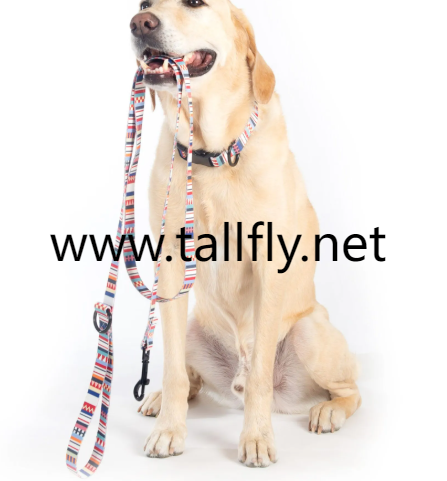As urban parks buzz with drone-controlled fetch toys and AI-monitored pet playdates, a quiet debate simmers: Are smart collars rendering the classic Pet Leash obsolete? While tech-driven wearables gain traction for their GPS tracking and health analytics, traditional leashes remain steadfast in their simplicity—a duality reflecting the nuanced needs of today’s pet owners.
Smart collars undeniably revolutionize pet care. Equipped with real-time location tracking and biometric sensors, these devices alert owners to escape attempts, irregular heart rates, or environmental hazards like extreme heat. For adventure cats or hiking dogs, such features provide peace of mind in unpredictable terrains. Yet, the tactile reliability of a Pet Leash—its immediate physical feedback during sudden pulls or crowded walks—retains irreplaceable value. Training scenarios, for instance, often demand the direct connection a leash provides, allowing owners to correct behaviors instantaneously—a responsiveness no app can replicate.
The rise of "pet tech" also intersects with sustainability trends. While smart collars boast solar charging and recycled materials, traditional leashes are evolving too. Brands now craft leashes from ocean plastics or hemp fibers, merging eco-credentials with rugged durability. This parallel innovation highlights a market not of replacement but of complementary coexistence—where high-tech and low-tech solutions cater to different lifestyle.
Design philosophy further distinguishes these tools. Smart collars prioritize minimalism and multifunctionality, often embedding LED lights or retractable mechanisms. Conversely, artisanal leashes appeal through handwoven textures or bespoke hardware, transforming functional items into fashion statements. For urban millennials, this duality means curating a toolkit: a sleek collar for weekday jogging paired with a handcrafted leash for weekend farmer’s markets.
Critically, accessibility shapes preferences. Smart collars’ premium pricing and subscription models limit their reach, whereas traditional leashes offer universal affordability. Yet, hybrid solutions are emerging—leashes with modular tech attachments, for example—that democratize innovation without alienating budget-conscious buyers.
Ultimately, the future lies in synergy, not substitution. A hiker might pair a GPS collar with a shock-absorbent leash for mountain trails; a city dweller may combine a health-monitoring collar with a reflective leash for night walks. This blended approach honors the Pet Leash’s legacy while embracing tech’s potential.
For those seeking harmony between tradition and innovation, www.tallfly.net curates solutions that respect both worlds. Their offerings exemplify how pet care evolves—not by erasing the past, but by reimagining it for a smarter, kinder tomorrow.


